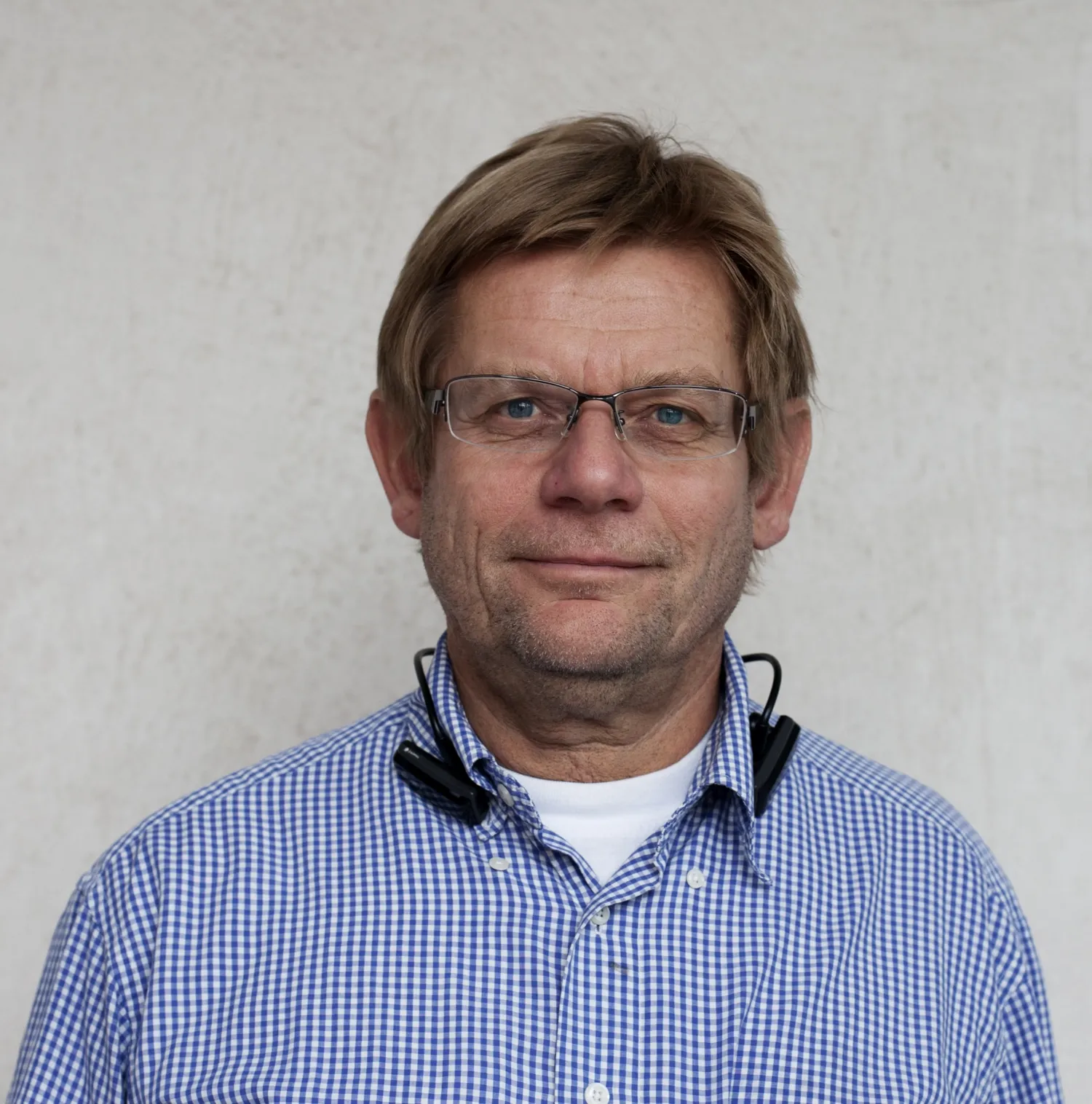High risk of lung cancer from silica dust below current limit
A new report from the Nordic Expert Group (NEG) and the Dutch Expert DECOS committee has evaluated the health hazards and calculated cancer risk of occupational exposure to respirable crystalline silica (RCS).

Several experts from Karolinska Institutet participated in the report. Gunnar Johanson, professor of toxicology at the Institute of Environmental Medicine at Karolinska Institutet and chairman of NEG, explains:
- Crystalline silica is abundant in nature and in many work environments, such as mining, farming, construction, foundry processes and production of glass, ceramics and cement. When cut or crushed, dust containing very small RCS particles is released and reaches deep down in the airways and may cause severe diseases including silicosis and lung cancer.
One example is artificial stone, also called engineered stone or synthetic stone, which has become popular in kitchen benchtops. Huge amounts of RCS particles are released during manufacturing, processing and installation. Artificial stone was recently banned in Australia (June 2024) because of the severe health risks.
At the request of the Dutch and Nordic authorities, the experts have evaluated the health hazards and cancer risk of occupational exposure to RCS. Recent epidemiological studies have shown excess lung cancer risk among workers exposed to RCS even in the absence of silicosis although silicosis increases the risk of developing lung cancer. Gunnar Johanson explains:
- We decided to use lung cancer as the critical effect, the adverse health effect that occurs first at increasing exposure. As a direct genotoxic mechanism cannot be excluded, we used a non-threshold (risk-based) approach to calculate the cancer risk.
Two cancer risk levels were calculated:
- 4 additional deaths of lung cancer per 100 000 workers after 40 years of occupational exposure at 0.0004 mg/m3 (low risk level, no extra protective measures need to be taken).
- 4 additional deaths of lung cancer per 1 000 workers for 40 years of occupational exposure at 0.04 mg/ m3 (high risk level that should not be exceeded).
These recommended risk levels are considerably lower than the current legal occupational exposure limits in the Netherlands, Denmark, Finland, Norway and Sweden.
LINK to document (124 pages)
